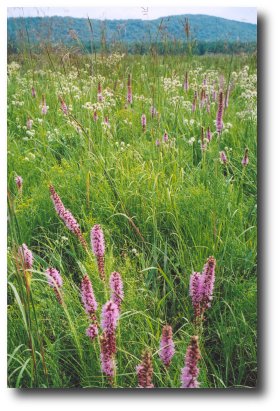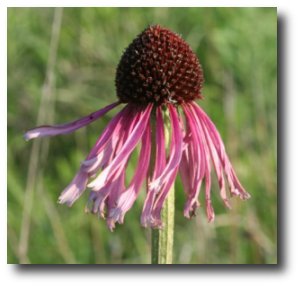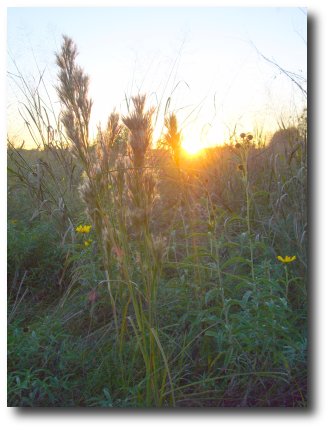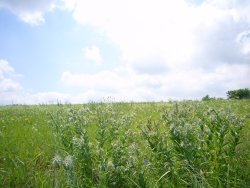 Hello Prairie Friends!
Hello Prairie Friends!
I’ve created this prairie blog on Wumple.com where we publish news about native prairie (tallgrass and shortgrass), savanna, desert grassland, and other native grassland related news.
(There is also a "Blog" link on the Native Prairies Association of Texas web site that goes to PrairieBlog too.)
PrairieBlog publishes and summarizes news daily about native prairies and other grasslands, though it may have slightly more tallgrass prairie news (since that is my favorite type of native grassland) and Texas prairie news (since that is where I am located and involved in prairie conservation, restoration, and appreciation).
Some example topics include: prairie conservation and restoration, native prairie plants, local ecotype native seed projects, grassland birds, butterflies, ducks, bison, prairie art, culture and history related to native prairie, carbon sequestration, cellulosic ethanol, organizations working on prairie conservation and restoration, etc.
I hope PrairieBlog will help educate more people about native prairies, motivate people to work for prairie conservation and restoration, help people keep informed of the latest news and work in prairie conservation and restoration, and help people involved with prairies network with each other.
Do you know of some native prairie, savanna, desert grassland, or other native grassland related news? Then send it our way! Submit news by emailing us at blog@texasprairie.org.
Also, please comment or leave feedback on the blog: We need the motivation of seeing people read and use it! 🙂
Thanks!
– Jason
Included photos by Lisa Spangler





 In the past, several people have asked me what groups are involved in on-the-ground prairie conservation and restoration. I thought I would start the list in a blog post, and expand on it as we found out or remembered more organizations. (We can make a list of advocacy-only organizations in a future post.)
In the past, several people have asked me what groups are involved in on-the-ground prairie conservation and restoration. I thought I would start the list in a blog post, and expand on it as we found out or remembered more organizations. (We can make a list of advocacy-only organizations in a future post.)

 Do you know of some native prairie (tallgrass and shortgrass), savanna, desert grassland, or other native grassland related news? Then send it our way! Submit news by emailing us at
Do you know of some native prairie (tallgrass and shortgrass), savanna, desert grassland, or other native grassland related news? Then send it our way! Submit news by emailing us at 
 Why am I publishing a prairie blog? There are several reasons:
Why am I publishing a prairie blog? There are several reasons: